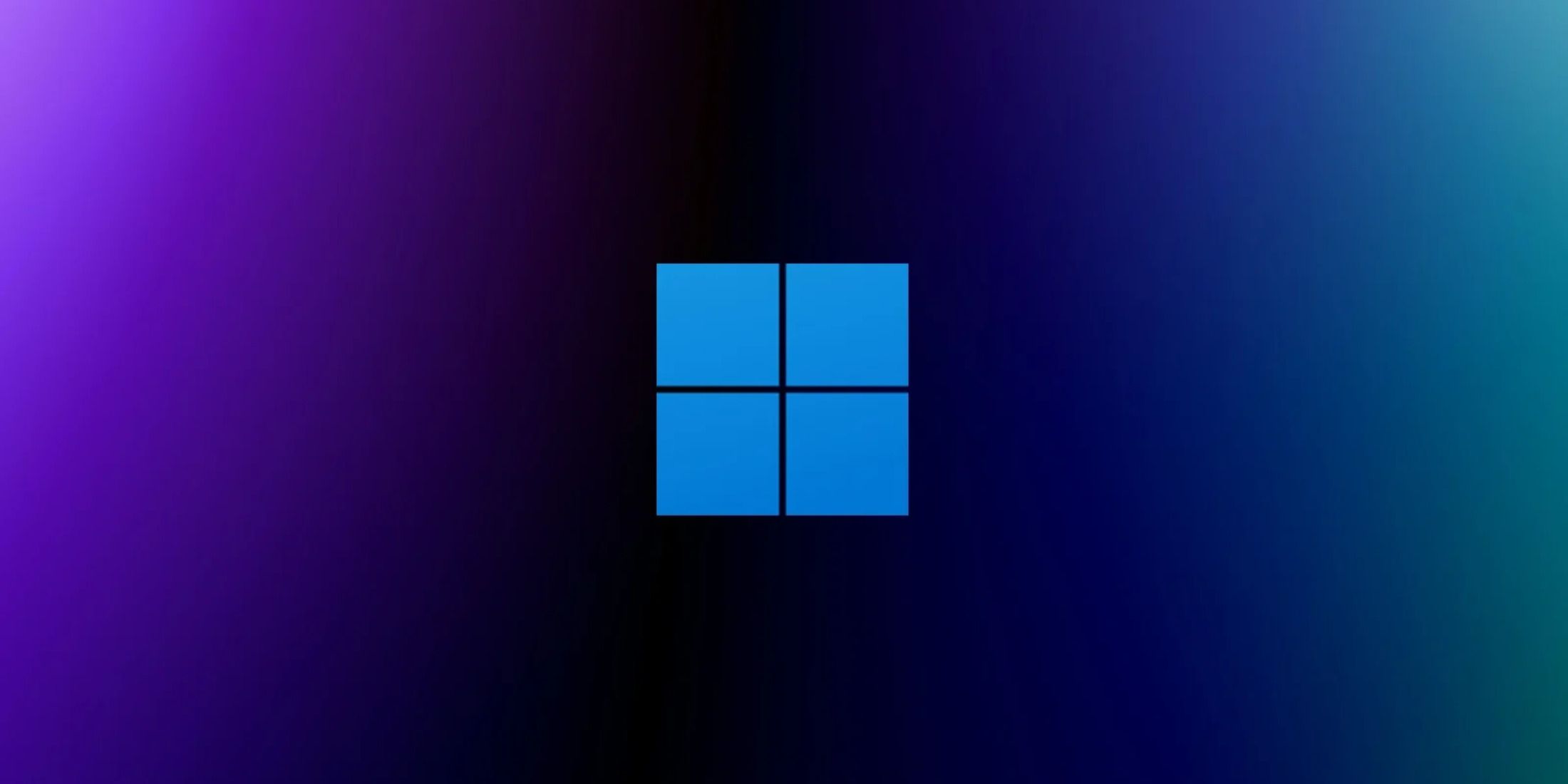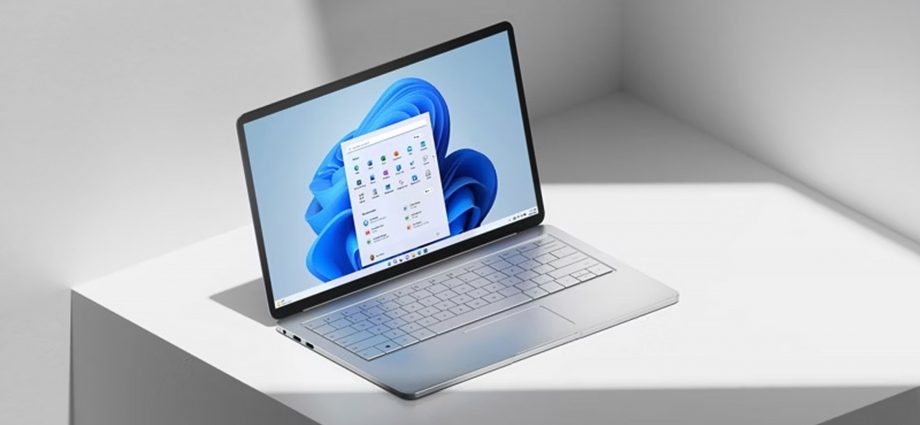Windows 11 has become the most used version of Microsoft’s operating system. The previous version of Windows is now a close second, though the gap between them is likely to continue growing for the foreseeable future.
October 5 will mark the fourth anniversary of Windows 11. Its slow pace of user adoption has long been a concern for Microsoft. However, with the Windows 10 end-of-life deadline fast approaching, its successor has now finally managed to outpace it.

Related
Windows is Getting Rid of a 30-Year-Old Feature
An upcoming Windows 11 update will do away with an infamous but longstanding feature of the highly-prevalent operating system.
According to GlobalStats, Windows 11 accounts for 51.36% of all Windows versions as of July 2025. Conversely, Windows 10 now sits at a 45.57% market share, having finally lost the title of the most used version of Microsoft’s OS seven and a half years after seizing it from Windows 7 in early 2018. The fact that Windows 10 support is set to end in October 2025 may have contributed to it losing the top spot to Windows 11 right now. However, a much more obvious factor influencing the timing of this milestone is the fact that new laptops, notebooks, and pre-built PCs have typically shipped with Windows 11 for close to four years now. Therefore, Win11 is still enjoying significant organic growth.
Adoption Rates of Windows Versions in July 2025
|
OS |
Adoption Rate |
|---|---|
|
Win11 |
51.36% |
|
Win10 |
45.57% |
|
Win8.1 |
0.28% |
|
Win8 |
0.31% |
|
Win7 |
2.15% |
|
WinXP |
0.33% |
Windows 10 previously managed to become the most used version of Microsoft’s operating system within two and a half years of release. However, upgrading from Windows 7 to 10 was free and typically straightforward. Conversely, Windows 11 has some rather restrictive hardware requirements, including TPM 2.0. Short for Trusted Platform Module, TPM is a specialized chip tasked with hardware-level security. It’s used for enabling Windows Hello, storing encryption keys, and preventing tampering with OS firmware, in addition to offering Secure Boot support, among other features. While workarounds exist, the requirement affected the cutoff date for compatible devices, likely hindering Windows 11’s adoption rate.
Windows 10 support is officially set to end on October 14. However, Microsoft has recently introduced a provisional year-long grace period of extended support, providing hesitant users with a bit of breathing room. Taking advantage of this newly launched offer is as simple as enabling Windows Backup and either redeeming 1,000 Microsoft Reward points or paying a one-time fee of $30 in order to enroll in the Windows 10 Consumer Extended Security Updates (ESU) program.
ESU requires an up-to-date version of Windows 10 and is planned to end on October 13, 2016. The program will only guarantee access to the most critical of security updates. While Windows 11 has caused some gaming-related issues since its release, many of the most severe problems were addressed through patches shortly after they emerged. Still, stories of crashing games, poor performance, and overzealous updates that can even interrupt gaming sessions may have left a poor first impression on some PC gamers, leaving them reluctant to switch.

- Date Founded
-
April 4, 1975
- Headquarters
-
Redmond, Washington, United States
- CEO
-
Satya Nadella
- Subsidiaries
-
activision blizzard, Microsoft Studios, Mojang Studios, Microsoft Game Studios, Xbox Game Studios
